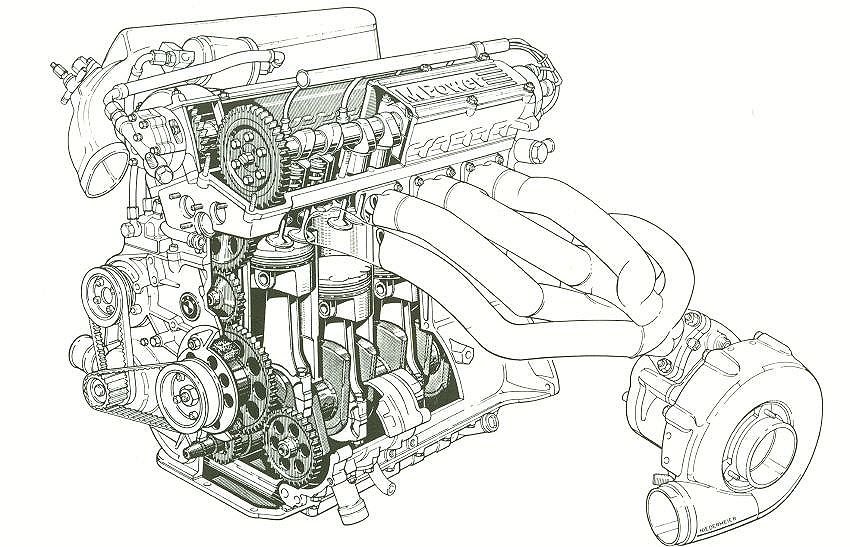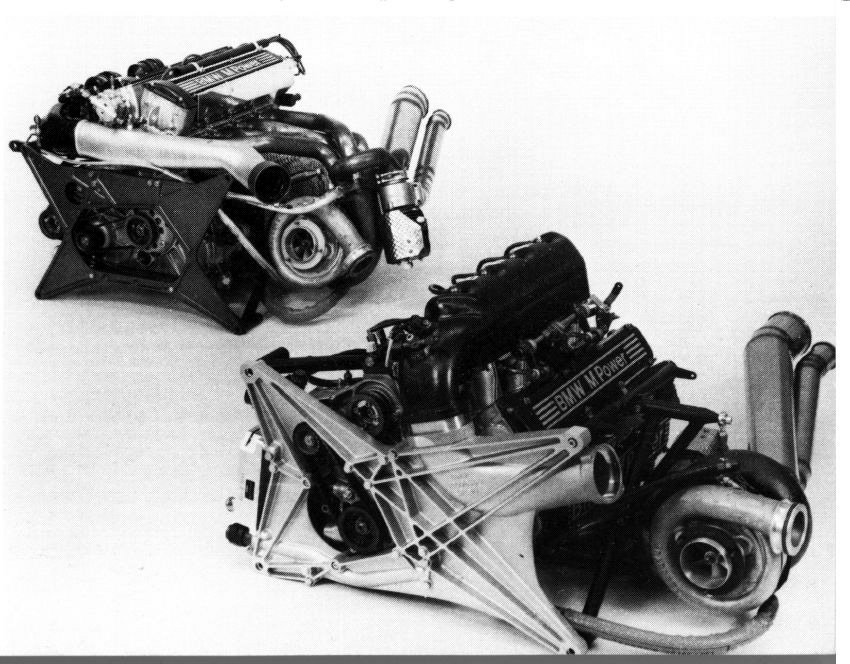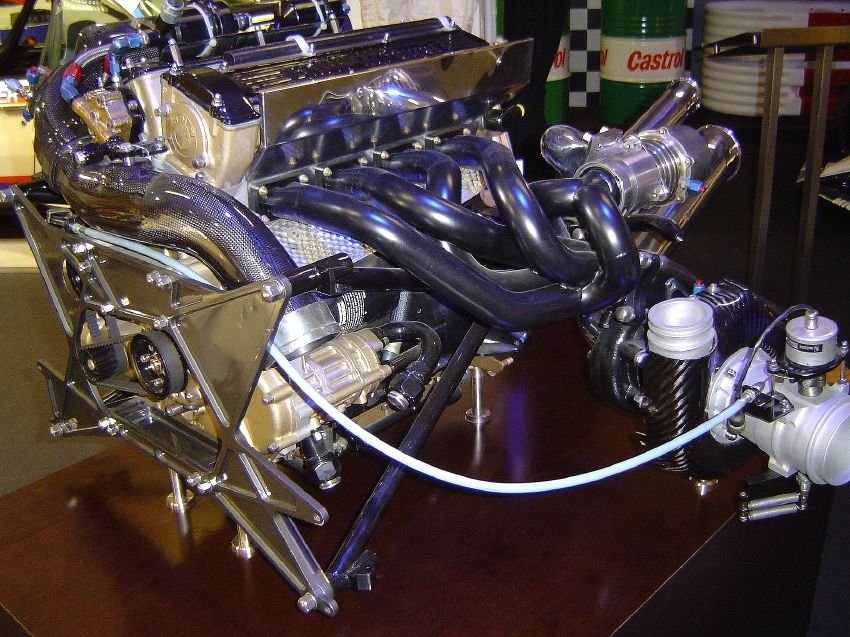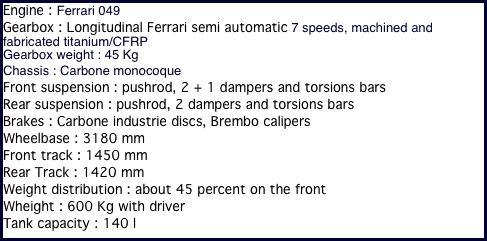It is apparent the 500 hp that is naturally aspired in this 4.3L Farrari motor is derived from the high rev limit in the motor and not necessarly the liter size...
With a high reving motor what else is compromised other then the longevity of the motor? I understand more heat and friction is created with the big rpm band which deteriotes the motor quicker then the lower reving motors... I am wondering if bottom end power is compromised when building a high reving motor?
What would it take to build up a high reving 1uz-fe motor that could potentially make 9000rpms? Is it even possible?
Lots of question as I revisit this thread...Anyone?
With a high reving motor what else is compromised other then the longevity of the motor? I understand more heat and friction is created with the big rpm band which deteriotes the motor quicker then the lower reving motors... I am wondering if bottom end power is compromised when building a high reving motor?
What would it take to build up a high reving 1uz-fe motor that could potentially make 9000rpms? Is it even possible?
Lots of question as I revisit this thread...Anyone?





